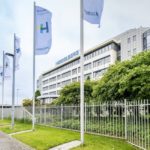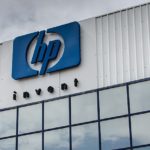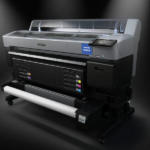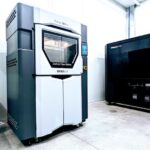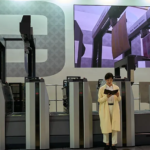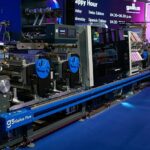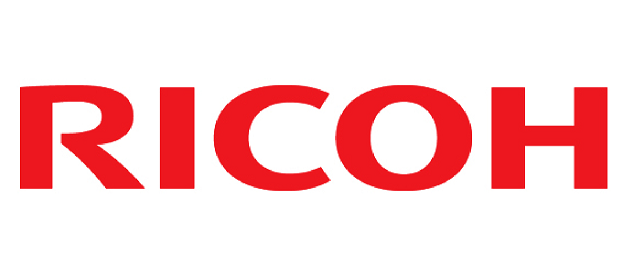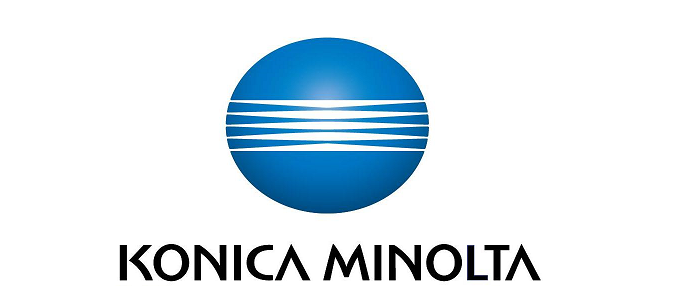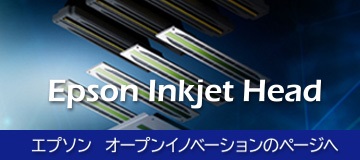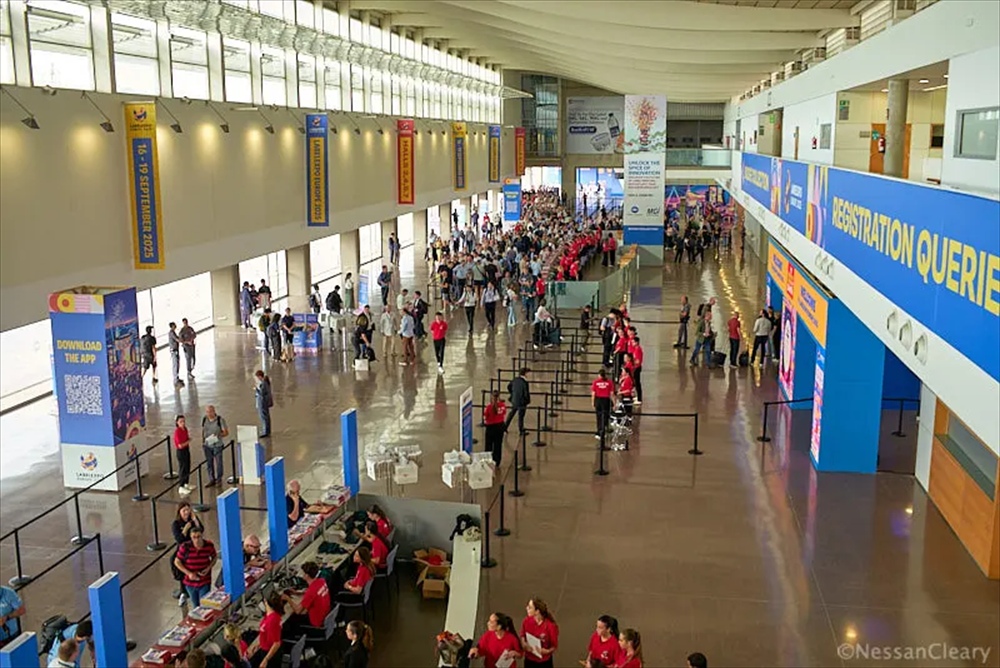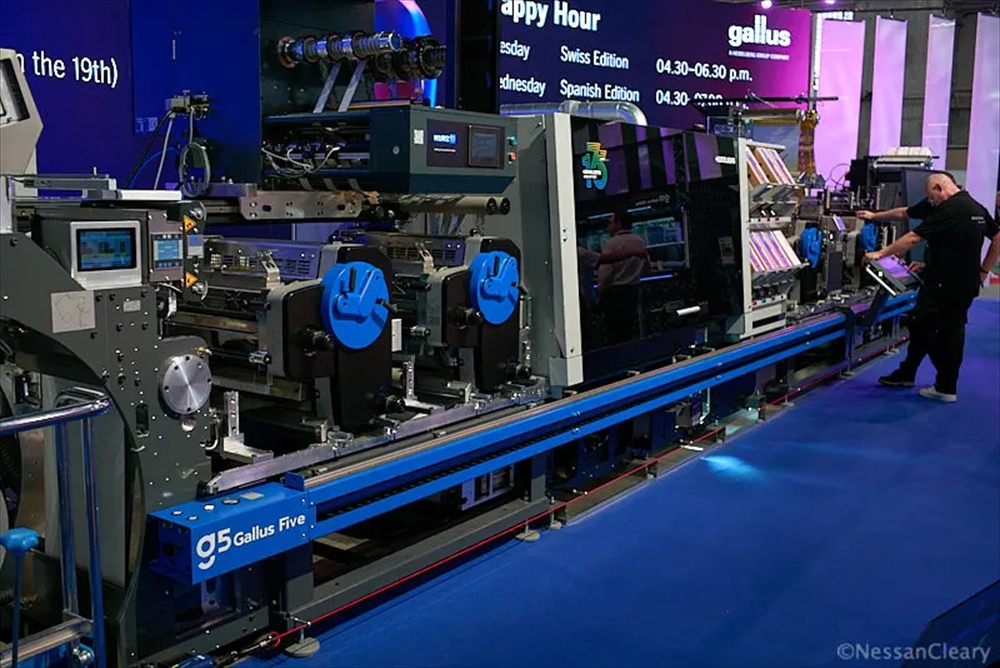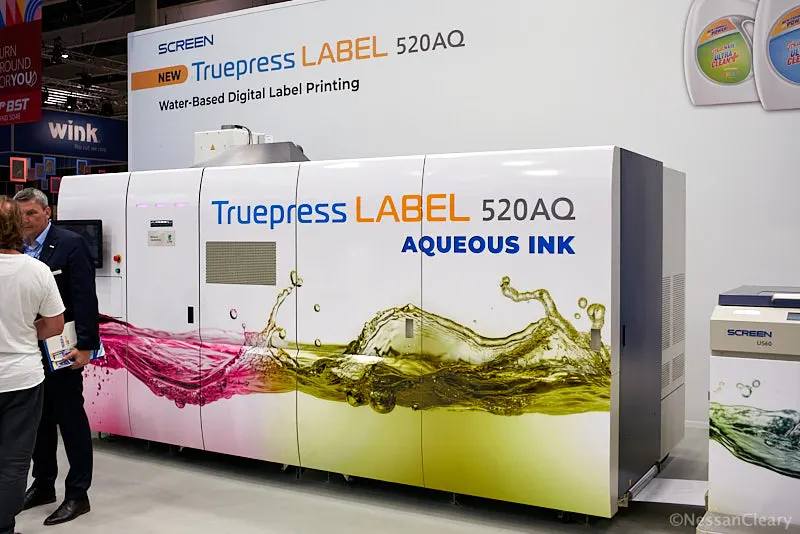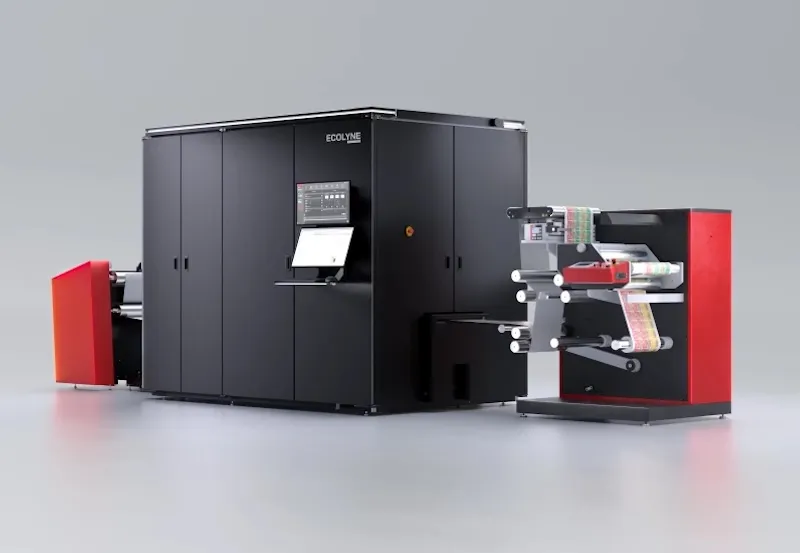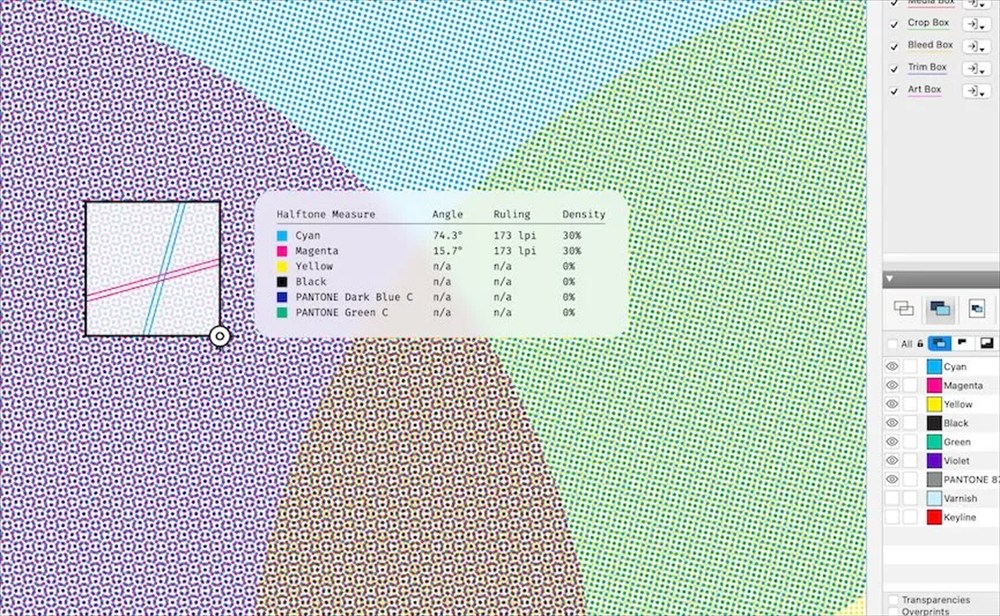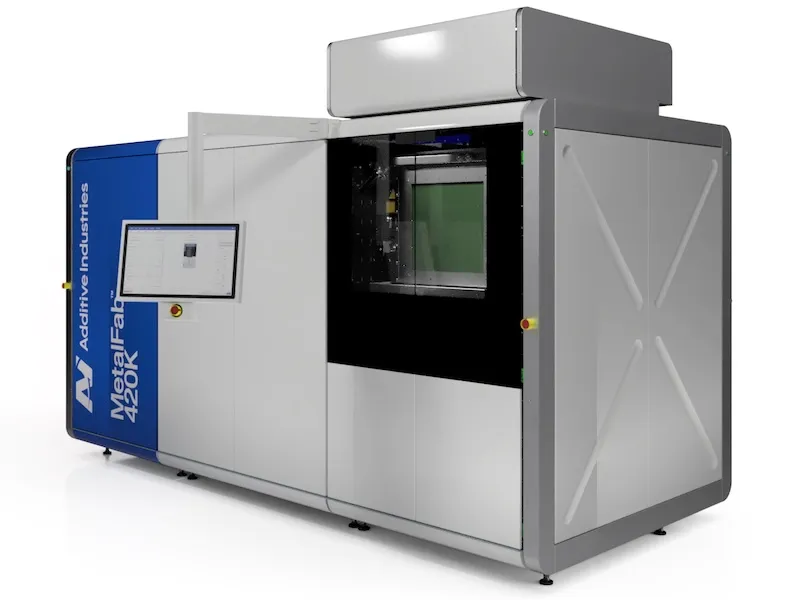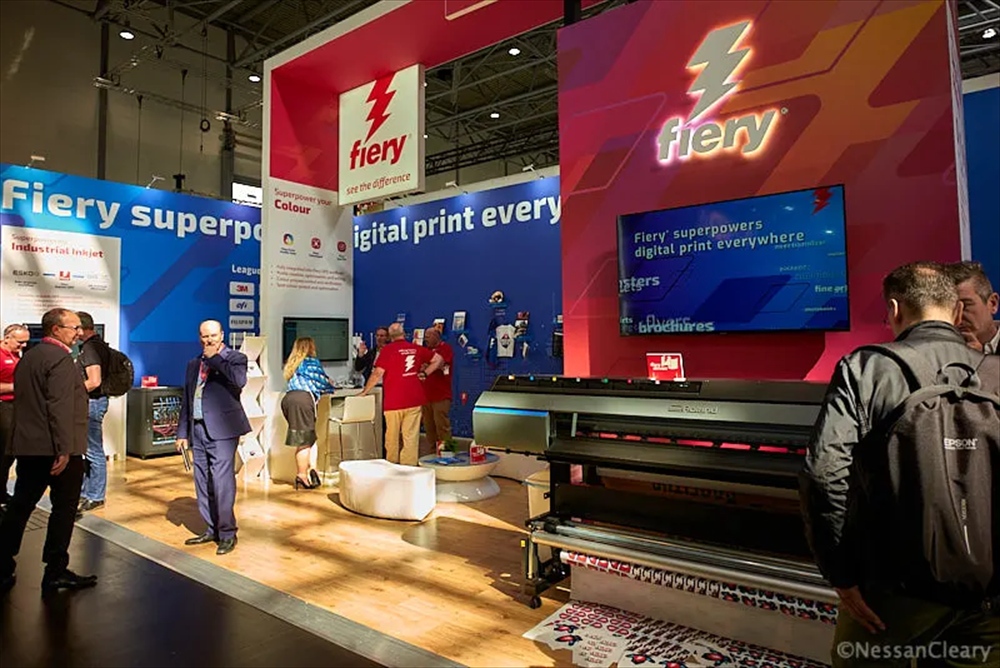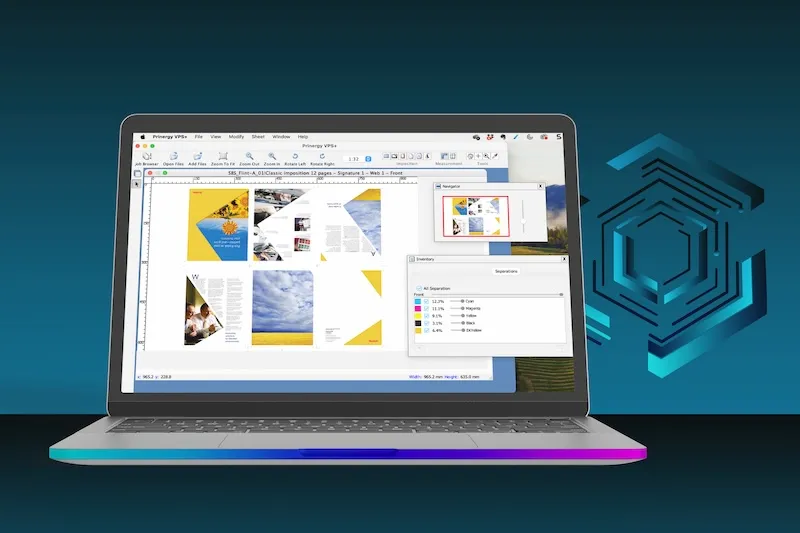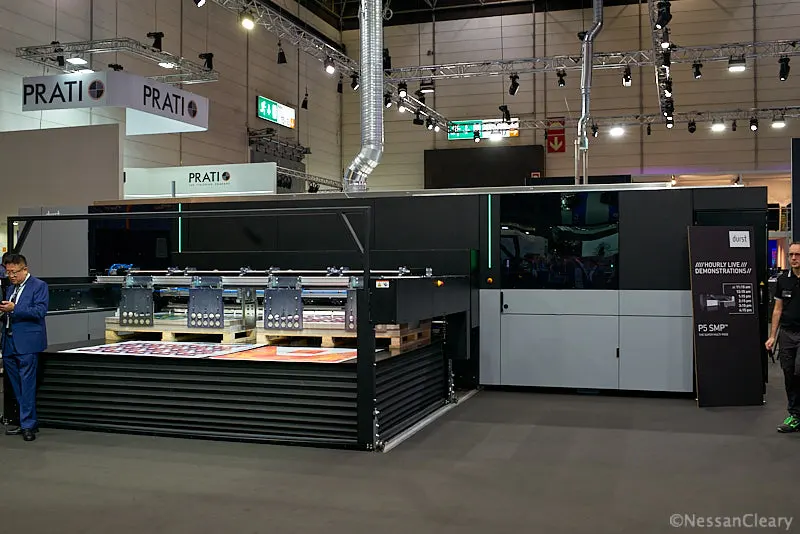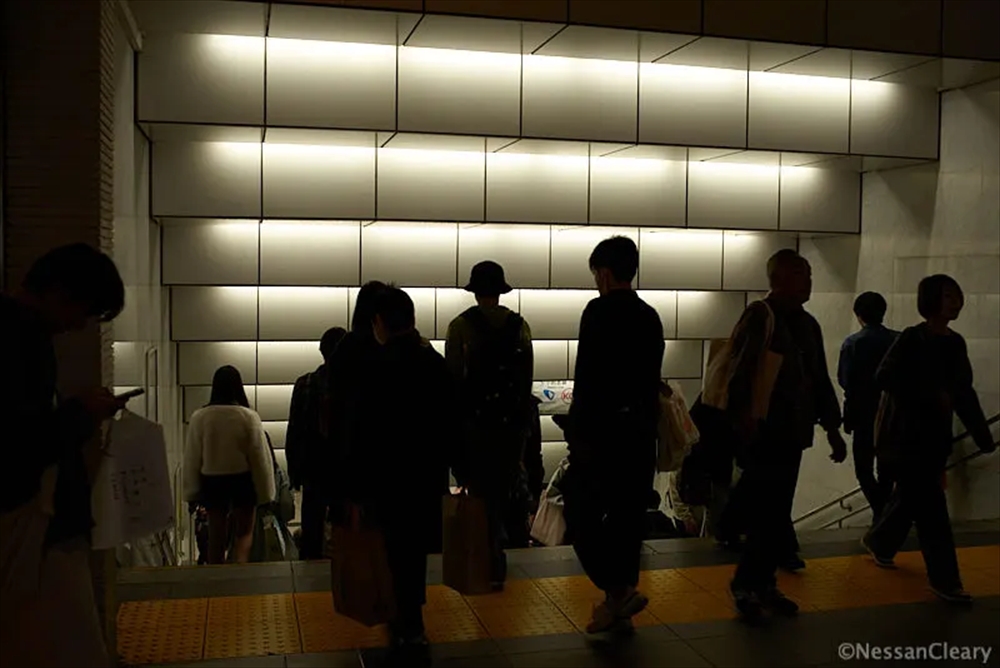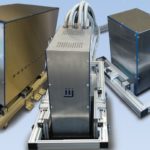- 2018-4-8
- Nessan Cleary 記事紹介
Last week Xaar released its 2017 figures which show a slight rise in both revenue and gross profit, which indicates that the company is seeing some benefit from its strategy of increased diversification. That diversification includes a move into 3D printing and, as it happens, I dropped by Xaar’s 3D facility in Nottingham last month for an update on how far Xaar has got with this.
先週、Xaarは2017年の数字を発表しました。これによると収入と売上総利益がわずかに増加しており、多様化の戦略の恩恵であることを示していいます。その多様化には3D印刷への移行が含まれています。先月のノッティンガムにあるXaarの3D関連のサイトに立ち寄って、この分野でのXaarの最新情報を入手しました。
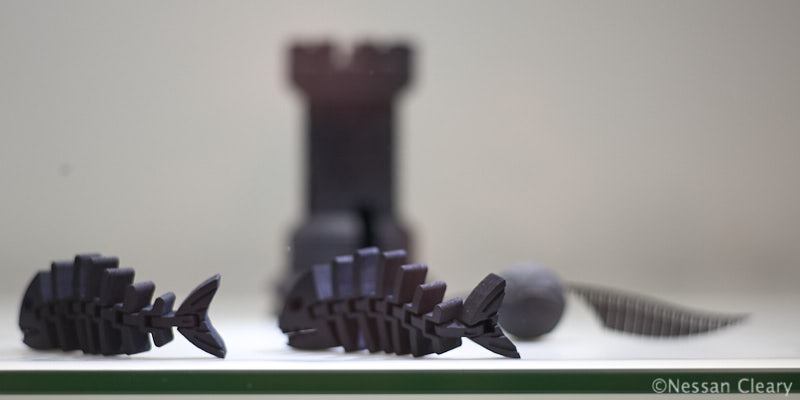
3D printed samples at Xaar.
One of the things that struck me is that the Xaar people are very fond of comparing the opportunity in 3D printing with the ceramic market, where Xaar was fantastically successful. Some of Xaar’s printheads, starting with the 1001-series and up to the current 1003 and 2001+, were particularly well-suited to the ceramic market. They are robust and able to work in a less than pristine environment, which is typical of an industrial ceramic plant with a lot of tile dust that might otherwise clog up more delicate heads. They are also able to handle large particulates and they have a very high jetting velocity that allows them to fire the ink droplets over a long distance. As a result, the majority of inkjet printers aimed at the industrial ceramic market use Xaar printheads.
私を驚かせたことの一つは、Xaarの人々が、3D印刷でのチャンスをXaarが劇的に成功したセラミック市場と比較したがる傾向があるということです。 Xaarのプリントヘッドは、1001シリーズから現在の1003と2001+まで、セラミック市場に特に適していました。これらヘッドは堅牢で、より繊細なヘッドを詰まらせる可能性のあるタイルのダストを多く含む工業用セラミック工場に典型的な環境で動作します。彼らはまた、大きな粒子を扱うことができ、それらはインクを大きなギャップでも飛ばせる非常に高い噴出速度を有します。その結果、工業用セラミック市場をターゲットとする多くのインクジェットプリンタは、Xaarプリントヘッドを使用しています。
However, the ceramic market is unusual in that inkjet production spread very rapidly throughout the industry, which gave Xaar several years of very strong growth. Today, just about everybody in the ceramic business that might ever conceivably want to use inkjet has already invested in this technology, meaning that the market opportunity now has reduced to just maintenance and replacement of existing machinery.
インクジェットは例外的に、セラミック産業全体にわたって非常に急速に普及したため、Xaar社は数年間非常に高い成長を遂げました。今日では、おそらくインクジェットを使用したいセラミック事業者は、既にこの技術への投資を終えています。つまり、市場機会が現在の機械のメンテナンスと交換だけに減少したのです。
This in turn brought Xaar’s growth to a shuddering halt as the ceramic opportunity dried up. This is reflected in Xaar’s recent financial reports, showing steady growth up to a peak in 2013 with revenue of £137.1m and pre-tax profit of £41.1m. By 2015, revenues had dropped to £93.5m and pre-tax profit to £13.6m. The figures have improved, with 2017 revenue of £100.1m, up 4 percent on 2016, with gross profit also up from £44.7m in 2016 to £47m in 2017, though pre-tax profit has fallen back from £19.5m in 2016 to £18m in 2017. So it makes a lot of sense to diversify the business.
これは、セラミックの機会が枯渇したときに、Xaarの成長を揺るがす停滞となってヒットしました。これは、Xaarの最近の財務報告書に反映されており、順調な成長は2013年にピークを迎え、137.1百万ポンドの売上高(今のレートで円換算すると約200億円)と41.1百万ポンド(同約62億円)の税引前利益を達成しましたが、2015年までに収入は93.5百万ポンド(同約140億円)、税引前利益は13.6百万ポンド(同約20億円)に減少しました。 2017年には100.1百万ポンド(同150億円)と2016年の売上高から4%増となり、税引前利益は2016年の19.5百万ポンド(同約29億円)から2017年には18百万ポンド(同約27億円)に減少したとはいうものの、売上総利益も44百万ポンド(同約66億円)と2016年の44.7百万ポンド(同約67億円)から増加したました。というわけで、ビジネスを多様化することは大きな意味があるということです。
That said, Xaar has clearly recognised that 3D printing offers a massive opportunity, one that will clearly dwarf the ceramic business. It is inevitable that more manufacturers will look to use 3D printing or additive manufacturing in their supply lines. Chris Noble, Xaar’s 3D business development manager, listed a number of reasons, including the ability to eliminate tools and dies and to use lattice structures to create lightweight parts, adding: “You can print products close to the customer rather than having specialised factories around the world. This can reduce shipping costs.” He added that this approach can also help manufacturers reduce parts storage, noting: “You can eliminate the warehouse and just keep a CAD model for a part and print it on demand.”
つまり、Xaarは、3D印刷が大きなビジネスチャンスを提供していることをはっきりと認識しています。これは明らかにセラミックビジネスののですウエイトを減少させます。より多くの製造業者が、供給ラインで3D印刷または付加的製造を使用するようになることは避けられない状況です。 Xaarの3Dビジネス開発マネージャーであるChris Nobleは、工具や金型を排除して格子構造を使用して軽量部品を作成するなど、さまざまな理由を挙げています。「世界中で、特殊な工場ではなく顧客の近くに製品を印刷できます。また、この方法はメーカーが部品在庫を減らすのに役立ちます。倉庫をなくし、部品のCADモデルだけを持ち、オンデマンドで印刷することができるようになるのです」
Xaar has been tinkering with 3D printing for a few years now, starting with its involvement in the Factum initiative back in 2014. The company formally set up a 3D business division at Nottingham’s Science Park in 2016 and then added a team in Copenhagen when it snapped up the remnants of the Danish BluePrinter company. Noble argues that there are a number of advantages to using inkjet technology in 3D printing, saying: “For a start, it’s much faster and much more scaleable. It’s relatively inexpensive as the heads are cheaper than lasers. Also, inkjet is a robust proven technology.”
Xaarは2014年にFactumイニシアチブへの関与から始まって、数年前から3D印刷を試行錯誤してきました。同社は2016年にノッティンガムのサイエンスパークで3次元ビジネス部門を正式に設立し、その後デンマークBluePrinter社の残党を手に入れて、彼らを軸にコペンハーゲンにチームを追加しました。ノーブル氏は、3D印刷でインクジェット技術を使用することには、次のように多くの利点があると主張しています。「まず、(レーザーと比べて)より速く、スケーラブルであることです。ヘッドがレーザーよりも安価であるため、(製造コストも)比較的安価です。また、インクジェットは確かな実績のある技術でもあります。」
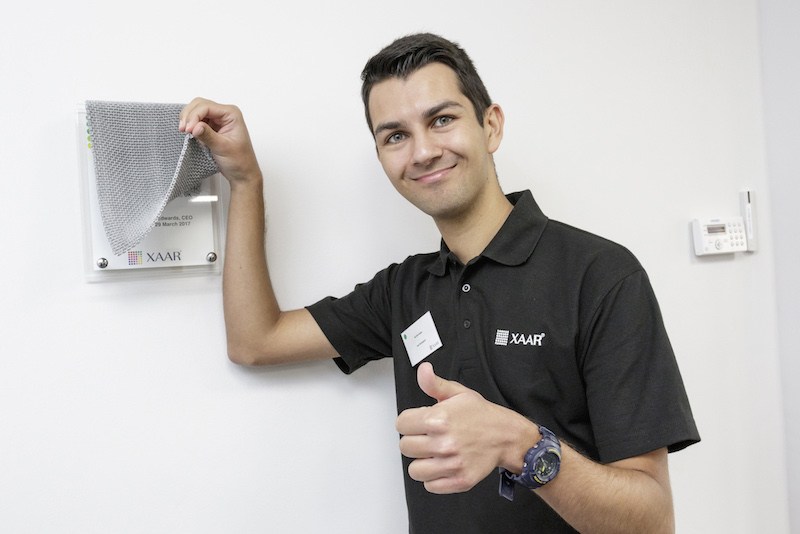
Chris Noble, Xaar’s 3D business development manager.
Xaar is pursuing two separate strands in the 3D market – one of which is fairly obvious and one that may well turn out to be something quite special, which I’ll cover next week. But first there is the obvious route to market – selling printheads as components to those companies that are developing actual printing machines, which is essentially the same as the rest of Xaar’s more conventional business.
Xaarは3D市場に二通りのアプローチを目指しています。そのうちの1つはかなり明白であり、1つは非常に特別なものになる可能性があります。それについては次回書きましかし、まずは実際の印刷機を開発している企業にプリントヘッドを部品として販売することは明らかです。これはXaarの従来のビジネスと本質的に同じです。
There are two sides to this: binder jetting and materials jetting. Binder jetting is fairly straightforward and involves jetting a fluid with a binding agent, basically an adhesive. The idea is that the printer lays down a powdered material and the binder is jetted according to the shape required, gluing the powder together to form a layer of an object. The unused powder is brushed off and usually recycled back into the system to be reused. The bed drops down, a fresh layer of powder is spread across the bed and the binder jetted to form the next layer of the object. Often, when the printing is finished, heat is applied to burn off the remaining binder and ensure that the material is fused together to form a solid object.
これには2つの面があります:バインダー噴射と材料噴射です。バインダー噴射はかなりシンプルな話であり、基本的には接着剤のバインダーを含んでいる流体を噴射することです。これは、プリンタが粉末材料を敷設し、バインダを必要な形状に従って噴射し、粉末を接着して物体の層を形成するというものです。未使用の粉末はブラシで除去され、通常は再利用のためにシステムに戻されます。(対象物を乗せた)ベッドが下降し、新鮮な粉末の層がベッドを横切って広がり、バインダーが噴射されて物体の次の層を形成します。しばしば、印刷が終了すると、熱が加えられて残りのバインダが焼結し、材料が一緒に融合して確実に固体物体を形成することになります。
This is an ideal way to use an inkjet printhead since it’s relatively cheap and only involves jetting a fluid. The parts can be reasonably detailed, depending on the resolution of the printhead. Several printhead manufacturers have also developed 3D printers using this method with their own heads, including HP and Ricoh. There’s no special advantage to using Xaar’s heads in this way, but equally there’s no reason not to, particularly now that Xaar has started selling the 5601 series, which can handle aqueous fluids, including those with high pH values. In short, this application represents the low hanging fruit as far as using inkjet technology for 3D printing. It’s particularly suitable for producing moulds, where 3D printing can save both time and money.
これは、インクジェットプリントヘッドを使用する理想的な方法です。これは、比較的安価で、液体を噴射することたけというシンプルなものだからです。部品は、プリントヘッドの解像度に応じて精密に作ることができます。いくつかのプリントヘッドメーカーは、HPとRicohを含む独自のヘッドでこの方法を使用して3Dプリンタを開発しました。このようにXaarのヘッドを使用することに特別な利点はありませんが、Xaarが高いpH値のものを含む水性液を取り扱うことができる5601シリーズの販売を開始したことで、それを使う利点もあります。要するに、このアプリケーションは、3D印刷のためにインクジェットを使って手っ取り早く成果を得る方法だということです。 3D印刷が時間とコストの両方を節約できる金型製造に特に適しています。
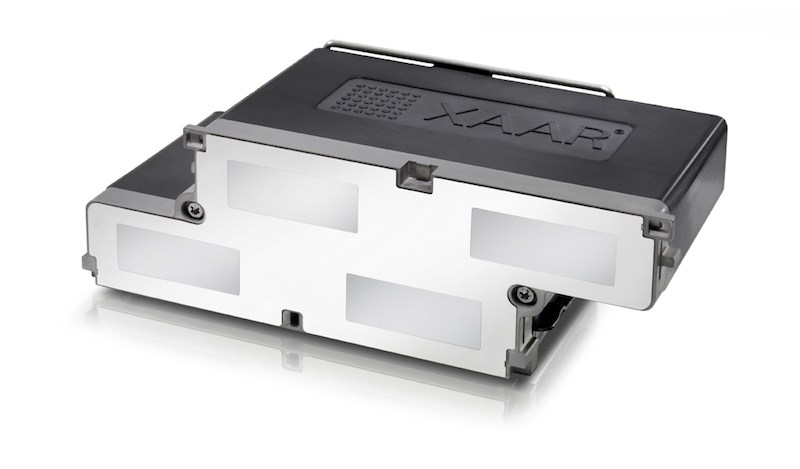
Xaar’s 5601 is a thin film silicon MEMs printhead.
Materials jetting, on the other hand is far more interesting. This involves jetting a fluid that is highly loaded with elements of the build material. Noble explains: “The fluid tends to be a photo polymer that reacts to UV light. We print these fluids in a layer and expose it to a UV light that cures it.” This is significantly more difficult because of the much greater potential for clogging the printhead, not to mention the supply system that takes the fluid from its tank through to the printhead’s fluid chamber.
一方、材料の吐出は、はるかに興味深いです。これには、構築材料がたっぷり入った液体を噴射することを含みます。ノーブル氏は次のように説明しています。「液体はUV光に反応するフォトポリマーである傾向があります。これらの液体を1つの層に印刷し、それを硬化するUV光にさらします。」これは、インクのヘッドへの供給システムをさておいても、プリントヘッドの目詰まりの可能性がはるかに高いため、非常に難しい技術です。
This is where Xaar’s approach does give it a distinct advantage. The company has developed Through Flow or TF technology that allows the fluid to be recirculated through the print head to keep the larger or heavier elements in suspension, which helps to prevent them from clogging the head. This system is already widely used in graphics printing to print white ink to prevent the heavier pigment particles from settling.
これは、Xaarのアプローチが明確な利点があるところです。同社はスルーフローまたはTF技術を開発しており、液体をプリントヘッドに再循環させて、より大きなまたはより重い成分要素を懸濁状態に保ち、ヘッドの詰まりを防止します。このシステムは、より重い顔料粒子が沈降するのを防止するために、白色インクを印刷するグラフィックス印刷において既に広く使用されています。
Xaar is also making use of its High Laydown technology. This essentially means using a fixed drop volume – typically 80-90 picolitres – with all the nozzles running at the same time at a much higher frequency. Noble explains: “The drop placement is less critical for 3D. We use this technology for label varnishing. It puts a lot of fluid down very quickly at an acceptable resolution for the parts that we are trying to make.” He adds: “We can switch between lay down and standard mode so that we can have high-speed for one part and then high quality for another.”
XaarはHigh Laydown技術も利用しています。これは、本質的には一定の液滴体積(典型的には80〜90ピコリットル)を使用することを意味し、すべてのノズルが同時により高い周波数で動作するものです。 Noble氏は次のように説明しています。「ドロップの着弾は、3Dではあまり重要ではありません。ラベルニス(バーニッシュ)にはこの技術を使用しています。彼は次のように付け加えています。「私たちはレイダウンモードと標準モードを切り替えて、1つのヘッドで高速化にも高精度化にも対応できるのです。」
However, Noble also points out that manufacturers won’t fully adopt additive manufacturing until the supply chain is more open, particularly in terms of materials. So, one of the main functions of the Nottingham facility is to test materials for their suitability for 3D printing. Noble adds: “We have a collaboration with BASF and are exploring really viscous materials that are suitable for high laydown. This can be fluids with particles in them like ceramics or metal. It depends on the viscosity and surface tension.”
しかし、ノーブル氏は、サプライチェーンが、特に材料に関してのそれがよりオープンになるまで、メーカーが添加剤製造を完全には採用しないだろうことを指摘しています。したがって、ノッティンガムの施設の主な機能の1つは、3D印刷に適した材料をテストすることになります。ノーブル氏は次のように付け加えています。「BASFとのコラボレーションがあり、高レイダウンに適した粘性の高い材料を模索しています。これは、セラミックスや金属のような粒子を含む液体である可能性があります。それは粘度と表面張力に依存します。」
Xaar also has another iron in the 3D fire in the form of high-speed sintering or HSS, which has the potential to be truly ground breaking. But I’ll cover this in a separate post after the Easter break.
Xaarはまた、高速焼結あるいはHSSという呼称で、新しいことを企画しています。これは破壊的な技術となる可能性があります。これについてはイースター休暇後の別の記事でこれを説明することにます。



